Home>Dining>Tableware>How Can You Select The Right Chandelier For Your Dining Room?
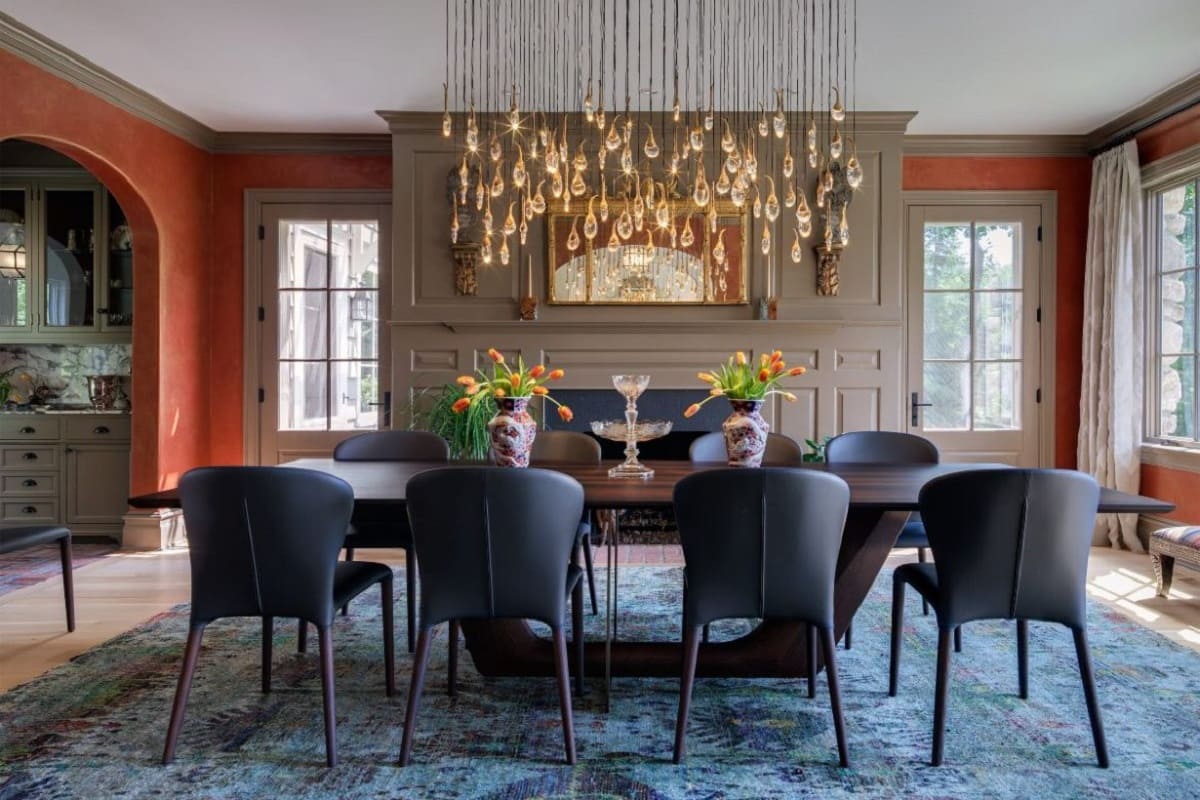

Tableware
How Can You Select The Right Chandelier For Your Dining Room?
Modified: October 28, 2024
Looking for the perfect chandelier to complement your dining room? Discover how to select the right one with our expert tips and find the perfect match for your tableware.
(Many of the links in this article redirect to a specific reviewed product. Your purchase of these products through affiliate links helps to generate commission for Storables.com, at no extra cost. Learn more)
Introduction
Choosing the right chandelier for your dining room can be a daunting task. With so many options available, it’s important to consider various factors to ensure that the chandelier not only complements the overall design and aesthetics of the room but also provides the perfect lighting ambiance for your dining experience. In this article, we will guide you through the process of selecting the right chandelier for your dining room.
When it comes to dining room décor, the chandelier serves as the centerpiece, both in terms of style and functionality. Not only does it illuminate the room, but it also adds a touch of elegance and sophistication. Therefore, it’s crucial to make a well-informed decision when choosing a chandelier that matches your personal style, the size of your dining room, and your lighting preferences.
Before diving into the details, it’s important to note that selecting a chandelier is not just about finding the most visually appealing option. You also need to consider practical factors, such as the size and layout of your dining room, the height and width of the chandelier, the type of lighting you desire, the maintenance and cleaning requirements, and your budget. Taking these factors into account will help you narrow down your options and make a confident decision.
Next, we will explore each of these factors in detail, providing you with the knowledge and guidance required to select the right chandelier for your dining room.
Key Takeaways:
- Choose a chandelier that fits your dining room’s size and style to create a harmonious and visually appealing ambiance that complements your overall décor.
- Consider the type of lighting, bulb type, and maintenance requirements to ensure your chandelier not only illuminates your dining room but also enhances the overall dining experience while aligning with your lifestyle and budget.
Read more: How Can You Select Suitable Dining Chairs?
Consider the Size of Your Dining Room
The size of your dining room plays a crucial role in determining the appropriate size and scale of the chandelier you should choose. A chandelier that is too small will look disproportionate and may not provide enough light, while a chandelier that is too large can overwhelm the space and disrupt the overall balance of the room.
First, measure the dimensions of your dining room, including the length and width. This will give you a general idea of the available space and help you determine the appropriate size range for your chandelier. As a general guideline, the width of your chandelier should be about 12 inches less than the width of your dining table. This ensures that the chandelier is centered and well-balanced above the table.
Consider the height of your dining room as well. If you have high ceilings, you can opt for a larger chandelier with a longer drop length. On the other hand, if you have low ceilings, you should select a chandelier with a shorter drop length to avoid it hanging too low and obstructing the view.
A good rule of thumb is to leave about 30 to 36 inches of space between the tabletop and the bottom of the chandelier. This provides enough clearance for both seated and standing guests without compromising the visual impact of the chandelier. Remember to leave ample space around the chandelier as well, so it doesn’t feel cramped or overcrowded in the room.
In addition to the size of the dining room, consider the overall scale of the room’s furnishings and décor. If you have a small dining area with minimal furniture, a simple and compact chandelier might be the best fit. On the other hand, if you have a large dining room with a grand and elaborate design, you can opt for a larger, more ornate chandelier that matches the room’s scale and style.
By considering the size of your dining room and its furnishings, you can ensure that the chandelier you choose fits harmoniously within the space and enhances the overall aesthetic appeal of the room.
Determine the Height and Width of the Chandelier
Once you have considered the size of your dining room, the next step is to determine the appropriate height and width of the chandelier. Getting these dimensions right is crucial to ensure that the chandelier is proportionate to the space and creates the desired visual impact.
The height of the chandelier should be determined by the height of your ceiling. As a general rule, the chandelier should be hung approximately 30 to 36 inches above the dining table. This allows for optimal light distribution and ensures that the chandelier doesn’t obstruct the view of those seated at the table.
If your ceiling is particularly high, you may need to adjust the hanging height accordingly. In this case, it’s recommended to add an additional 3 inches of hanging height for every foot of ceiling height above 8 feet. For example, if your ceiling is 10 feet high, the chandelier should hang around 36 to 42 inches above the table.
In terms of width, the chandelier should be roughly two-thirds to three-fourths the width of your dining table. This ensures that the chandelier is centered and properly proportioned to the table. For rectangular tables, the width of the chandelier should be slightly narrower than the width of the table.
It’s important to consider the shape of the dining table as well. Round or square tables work well with chandeliers of the same shape or those with a rounded design. For rectangular or oval tables, linear or rectangular chandeliers are a popular choice.
Keep in mind that these are general guidelines, and there may be some flexibility based on personal preference and the specific design of the chandelier. However, it’s important to ensure that the chandelier is not too small or too large in relation to the dining table.
By determining the height and width of the chandelier based on your ceiling height and dining table dimensions, you can create a balanced and visually pleasing arrangement that enhances the overall aesthetic of your dining room.
Choose the Right Style and Design
When selecting a chandelier for your dining room, it’s important to choose a style and design that complements the overall décor and theme of the room. The chandelier should serve as a focal point and enhance the visual appeal of the space.
Start by considering the architectural style of your home. Is it modern, traditional, farmhouse, or eclectic? Matching the chandelier’s style to the overall style of your home creates a cohesive and harmonious look.
Next, consider the design elements within your dining room. Look at the furniture, wall colors, and other decorative elements. Is your dining room minimalist, rustic, contemporary, or elegant? The chandelier should align with these design elements and enhance the overall ambiance of the space.
Chandeliers come in a wide range of styles, including crystal, modern, industrial, rustic, traditional, and many more. Crystal chandeliers are known for their elegance and timeless beauty, making them a popular choice for formal dining rooms. Modern and contemporary chandeliers often feature sleek lines and minimalist designs, perfect for a more contemporary dining space.
Consider the size and shape of the chandelier as well. A larger, more elaborate chandelier works well in spacious and grand dining rooms, while smaller, simpler designs are better suited for smaller dining areas.
In addition to the overall style and design, consider the materials used in the chandelier. Metals such as brass, chrome, and bronze can add a touch of sophistication, while wooden or wrought iron chandeliers bring a rustic or industrial charm to the room.
Lastly, don’t be afraid to add your personal touch to the design. Customizable chandeliers allow you to choose the finish, color, and even customize certain aspects of the design to match your unique preferences and style.
By choosing the right style and design, you can ensure that the chandelier not only illuminates the room but also serves as a stunning decorative element that complements the overall aesthetic of your dining room.
Consider the Type of Lighting
The type of lighting provided by the chandelier is an essential factor to consider when selecting the right one for your dining room. The lighting should be functional, creating the right ambiance for dining while also adding to the overall atmosphere of the room.
First, think about the type of dining experience you want to create. Do you prefer bright and vibrant lighting for a lively and energetic atmosphere, or do you prefer softer, more subdued lighting for a cozy and intimate dining experience? The type of lighting you choose will significantly impact the mood and ambiance of the room.
Consider how the chandelier distributes light. Some chandeliers provide direct downlighting, focusing the light directly on the dining table. This type of lighting is ideal for highlighting the table and its contents. Other chandeliers provide diffused, ambient lighting, spreading the light evenly throughout the room. This type of lighting creates a softer and more even illumination.
It’s also worth considering whether you want adjustable lighting options. Some chandeliers come with dimmable features, allowing you to adjust the brightness according to different occasions and moods. This flexibility can be ideal for creating different atmospheres for casual dinners, formal gatherings, or romantic evenings.
Additionally, think about the light temperature. Chandeliers can emit warm, cool, or neutral light. Warm light with a yellowish hue creates a cozy and inviting atmosphere, while cool light with a bluish hue lends a more modern and energized feel. Neutral light falls somewhere in between and can work well in various dining settings. Consider the color scheme, furniture, and overall décor of your dining room when deciding on the light temperature.
Don’t forget to consider natural lighting as well. If your dining room receives a lot of natural light during the day, you may want to choose a chandelier that complements and enhances the natural light rather than overpowering it. Alternatively, if your dining room lacks natural light, a chandelier with brighter and more focused lighting can help compensate for the lack of daylight.
By carefully considering the type of lighting provided by the chandelier, you can create the perfect dining atmosphere that suits your preferences and enhances the overall ambiance of your dining room.
Consider the size of your dining room and the height of the ceiling when selecting a chandelier. A general rule is to choose a chandelier that is about half the width of the dining table and hangs 30-34 inches above the table.
Read more: How To Select The Perfect Dining Room Table?
Determine the Right Bulb Type
Choosing the right bulb type for your chandelier is important not only for achieving the desired level of brightness but also for enhancing the overall aesthetic and energy efficiency of your dining room.
One of the most popular bulb types for chandeliers is incandescent bulbs. These bulbs emit a warm and soft light that creates a cozy and inviting atmosphere. However, incandescent bulbs are not the most energy-efficient option and tend to have a shorter lifespan compared to other bulb types.
Another option to consider is LED bulbs. LED bulbs are highly energy-efficient, have a longer lifespan, and are available in a wide range of color temperatures, from warm to cool. They also emit less heat, making them safer for use in chandeliers. LED bulbs are an excellent choice for those looking to reduce their energy consumption and maintenance costs.
If you prefer a more vintage or retro look, you might consider using filament bulbs. These bulbs have a unique design that resembles the early incandescent bulbs but with modern LED technology. Filament bulbs provide a warm and nostalgic glow and can add a touch of vintage charm to your dining room.
When selecting the bulb type, consider the wattage as well. The wattage of the bulbs will determine the brightness of the chandelier. It’s important to strike a balance between sufficient illumination for functional purposes and a comfortable level of brightness that creates the desired ambiance. You can choose bulbs with lower wattage for a softer and more intimate lighting effect or higher wattage for maximum brightness.
It’s also worth noting that some chandeliers are designed to accommodate specific bulb types or have restrictions on the maximum wattage. Be sure to check the manufacturer’s recommendations and guidelines for your specific chandelier to ensure compatibility and safety.
By determining the right bulb type and wattage, you can achieve the desired lighting effect in your dining room while also considering energy efficiency, longevity, and the overall design aesthetic of your chandelier.
Consider the Maintenance and Cleaning Requirements
When selecting a chandelier for your dining room, it’s important to consider the maintenance and cleaning requirements to ensure that it remains in pristine condition and continues to illuminate your space beautifully.
Chandeliers, with their intricate designs and multiple components, can be more challenging to clean than other light fixtures. Before making a purchase, consider whether you are willing to invest the time and effort into regular maintenance and cleaning or if you prefer a low-maintenance option.
The cleaning process for chandeliers may involve removing individual parts or crystals, dusting, and wiping down surfaces. Consider the accessibility of your chandelier. If it is difficult to reach or in a high-ceilinged area, cleaning might be more cumbersome and time-consuming.
Additionally, think about the material and finish of the chandelier. Some materials and finishes are easier to clean than others. For example, glass or crystal chandeliers may require gentle cleaning to avoid damaging the delicate surfaces, while metal or iron chandeliers can be more durable and easier to maintain.
It’s also worth considering whether the chandelier requires professional cleaning or if you can handle it on your own. Some chandeliers, especially larger or more intricate ones, may require professional assistance to ensure that they are cleaned properly and without causing any damage.
Furthermore, consider the durability of the materials used in the chandelier. If you have a busy household or frequent visitors, a sturdier chandelier that can withstand accidental bumps and knocks might be preferable.
Lastly, be mindful of any specific cleaning products or techniques recommended by the manufacturer. Some chandeliers may have specific care instructions to maintain their quality and prolong their lifespan. Following these recommendations will ensure that your chandelier remains beautiful and functional for years to come.
By considering the maintenance and cleaning requirements of the chandelier, you can choose a fixture that aligns with your lifestyle and ensure that it remains in optimal condition with minimal hassle.
Set a Budget for Your Chandelier
Setting a budget for your chandelier is an important step in the selection process. Chandeliers come in a wide range of prices, and having a budget in mind will help you narrow down your choices and make a decision that aligns with your financial plans.
First, consider how much you are willing to spend on a chandelier. Chandeliers can range from budget-friendly options to luxurious and high-end fixtures. Setting a budget will help you focus on options that are within your price range and avoid overspending.
When setting your budget, take into account the size of your dining room and the scale of the chandelier you desire. Larger chandeliers with more intricate designs and premium materials tend to be more expensive. However, keep in mind that higher price doesn’t always equate to better quality. There are many beautiful and well-crafted chandeliers available at various price points.
Consider the long-term investment as well. A high-quality chandelier may come with a higher upfront cost but could offer better durability and longevity. This can save you money on repairs or replacement in the future.
When establishing your budget, also factor in any additional costs such as installation fees or professional cleaning, if necessary. It’s important to have a comprehensive understanding of the total cost associated with owning and maintaining your chosen chandelier.
It’s always a good idea to do some research and compare prices from different retailers or online platforms. Look for sales, discounts, or promotions that may suit your budget. Keep an eye out for reputable brands or manufacturers that offer a good balance of quality and affordability.
Finally, keep in mind that your budget is a guideline, and there may be some flexibility depending on the specific chandelier you fall in love with. However, having a predetermined budget will help you make an informed decision and prevent overspending.
By setting a budget for your chandelier, you can ensure that you find a beautiful and suitable fixture without straining your finances. It allows you to make a well-informed decision based on both your aesthetic preferences and financial circumstances.
Conclusion
Selecting the right chandelier for your dining room is a process that requires careful consideration and attention to detail. By taking into account factors such as the size of your dining room, the height and width of the chandelier, the style and design, the type of lighting, the bulb type, the maintenance and cleaning requirements, and setting a budget, you can make an informed decision that enhances both the functionality and aesthetics of your dining space.
Remember that the size of your dining room plays a crucial role in determining the appropriate size and scale of the chandelier. Consider the height and width, making sure it is proportionate to the space and the dining table. Choose a style and design that complements the overall décor of your home – whether it’s modern, traditional, or eclectic.
Consider the type of lighting and the ambiance you want to create. Decide on the bulb type and wattage that best suits your needs, considering both functionality and energy efficiency. Also, factor in the maintenance and cleaning requirements of the chandelier, as well as your willingness to invest the time and effort into keeping it in pristine condition.
Lastly, set a budget for your chandelier to guide your decision-making process. By determining a realistic budget, you can explore options within your means and find a chandelier that meets your requirements without overspending.
In conclusion, selecting the right chandelier for your dining room involves a careful balance between aesthetics, functionality, and practical considerations. By taking the time to evaluate each aspect and considering your personal preferences and needs, you can find the perfect chandelier that illuminates your dining space and adds a touch of elegance and style to your home.
Frequently Asked Questions about How Can You Select The Right Chandelier For Your Dining Room?
Was this page helpful?
At Storables.com, we guarantee accurate and reliable information. Our content, validated by Expert Board Contributors, is crafted following stringent Editorial Policies. We're committed to providing you with well-researched, expert-backed insights for all your informational needs.
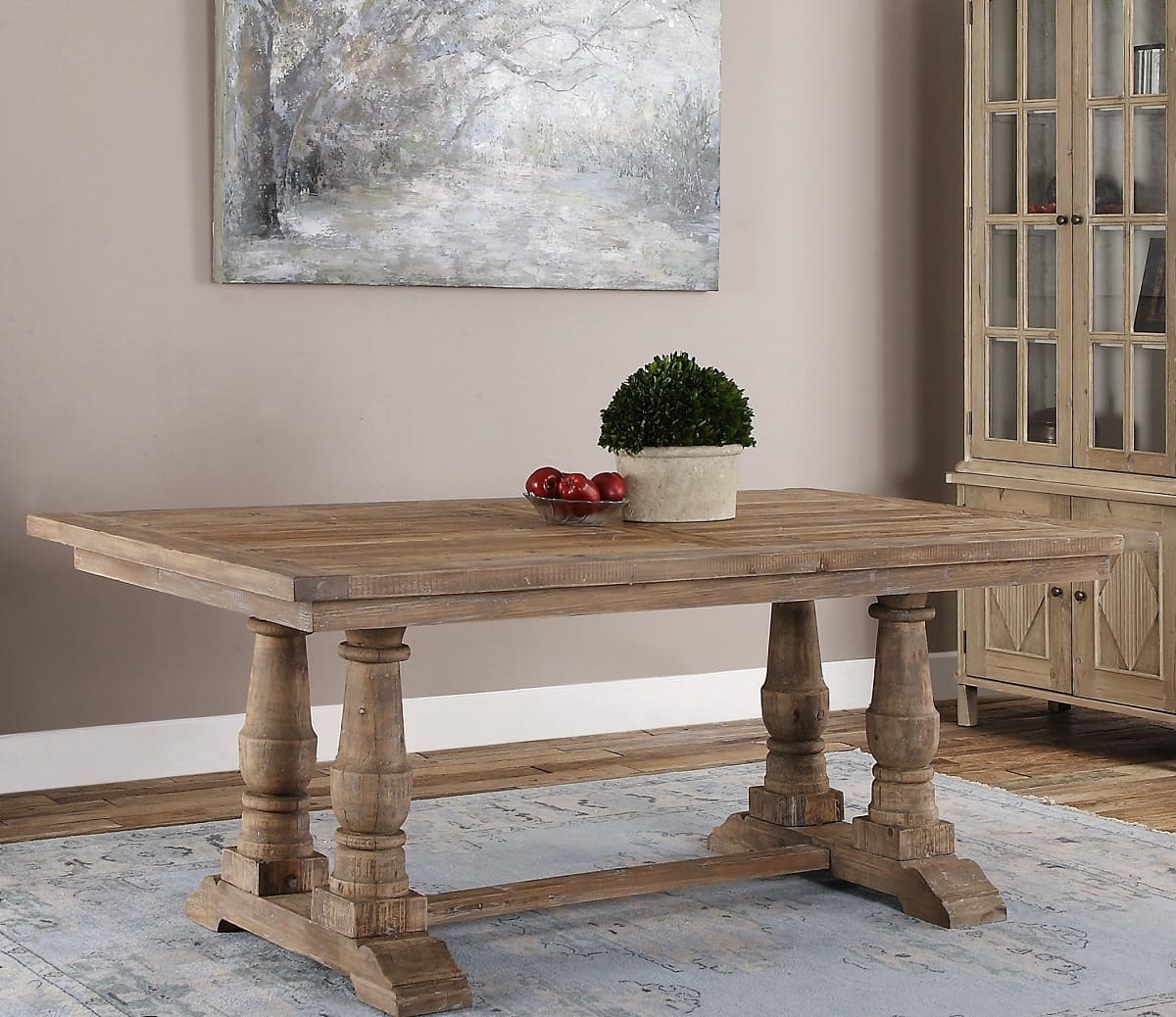
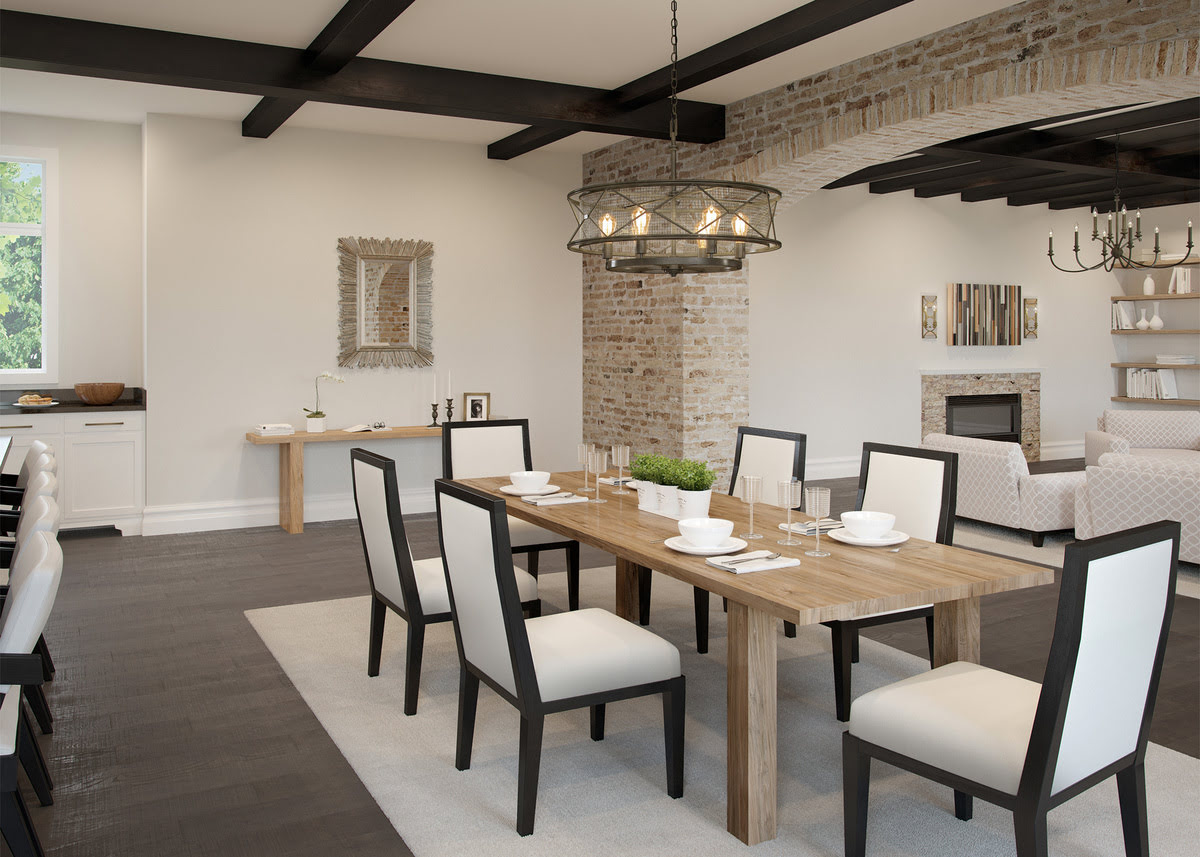
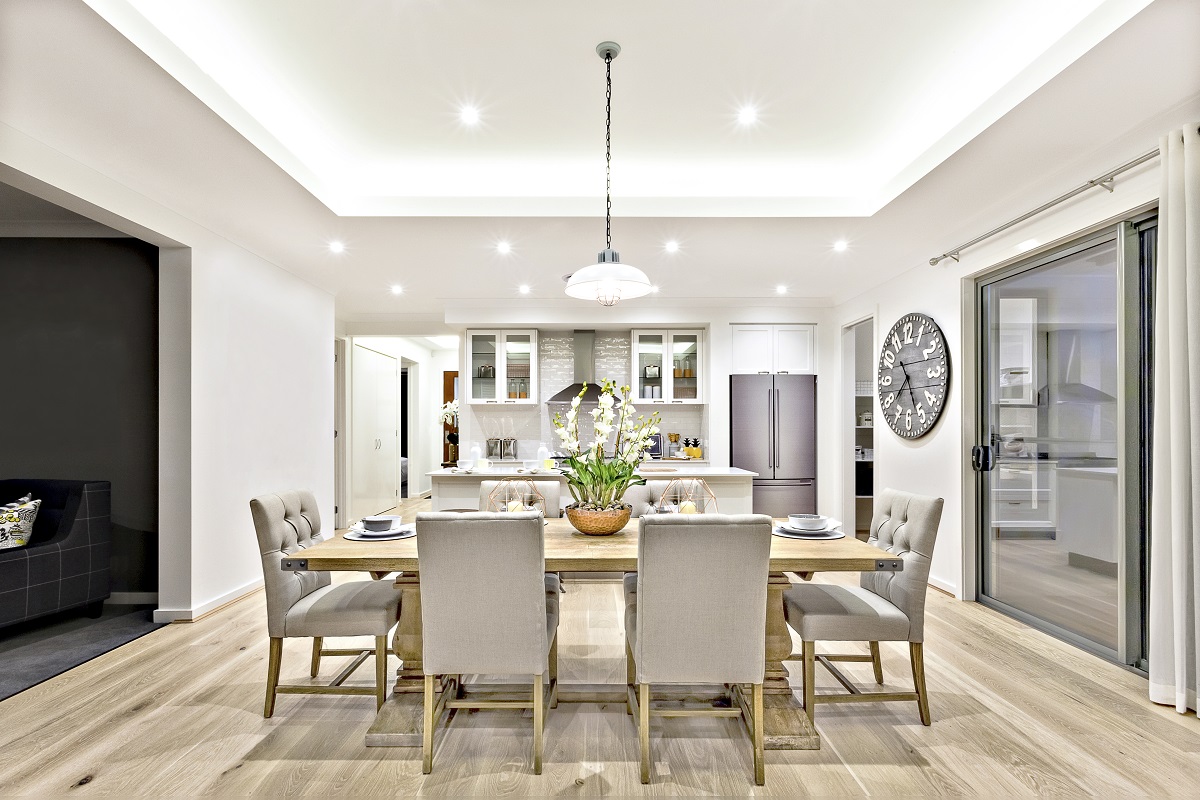
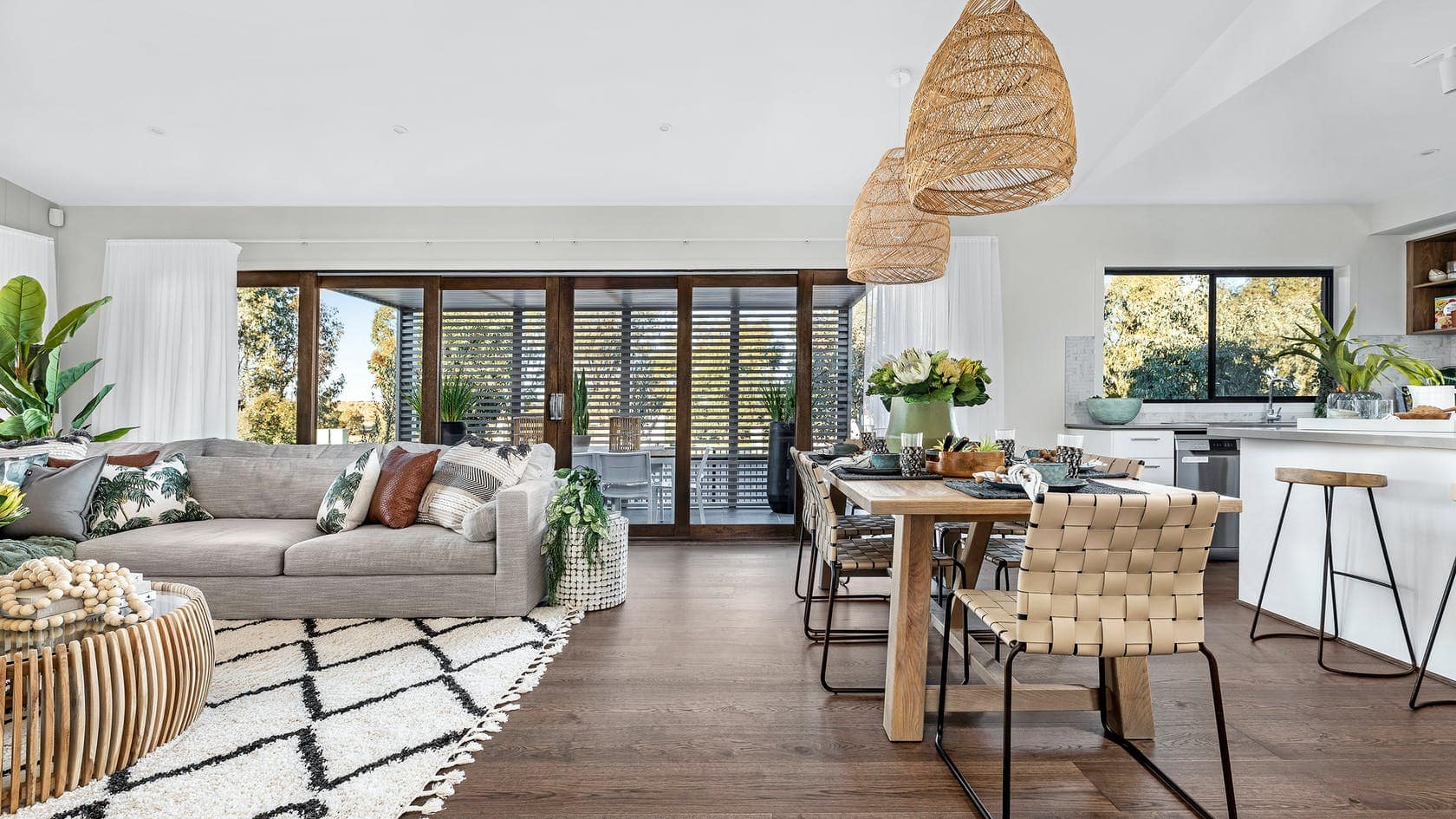

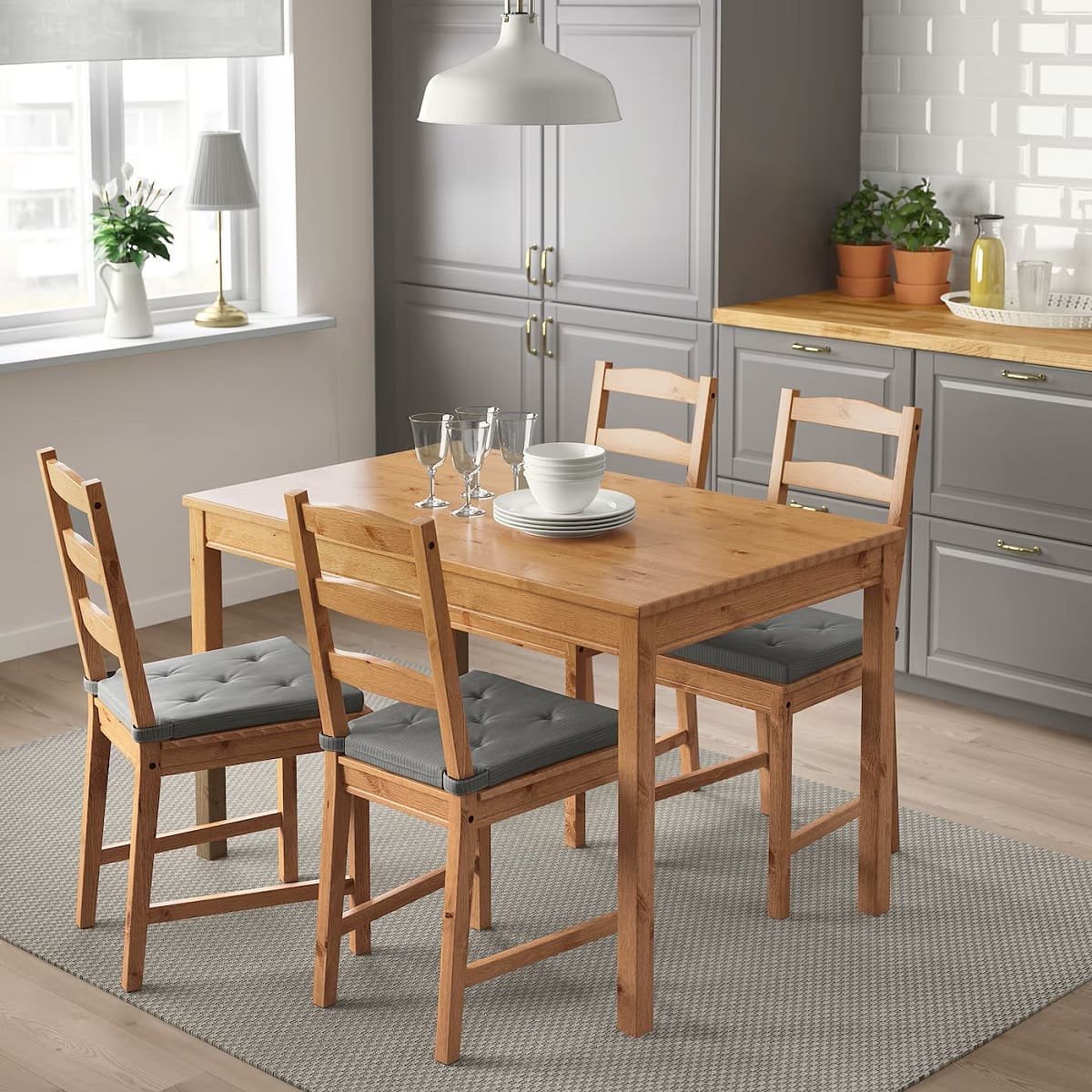
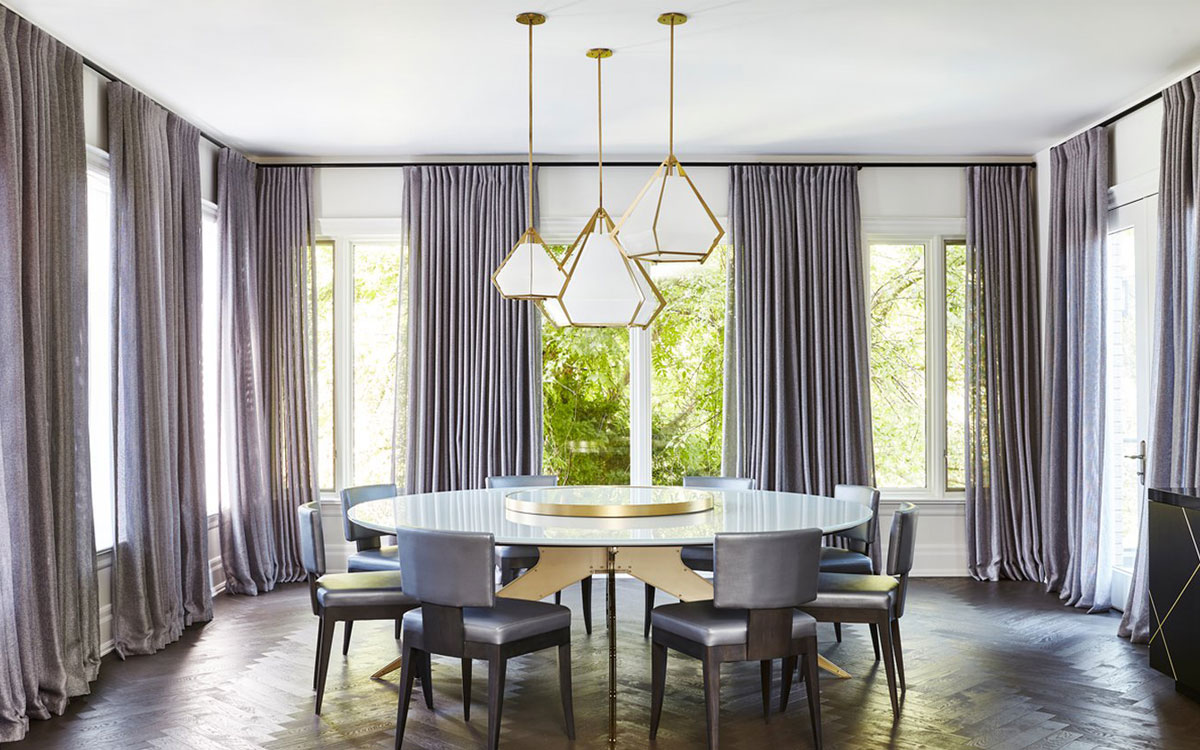

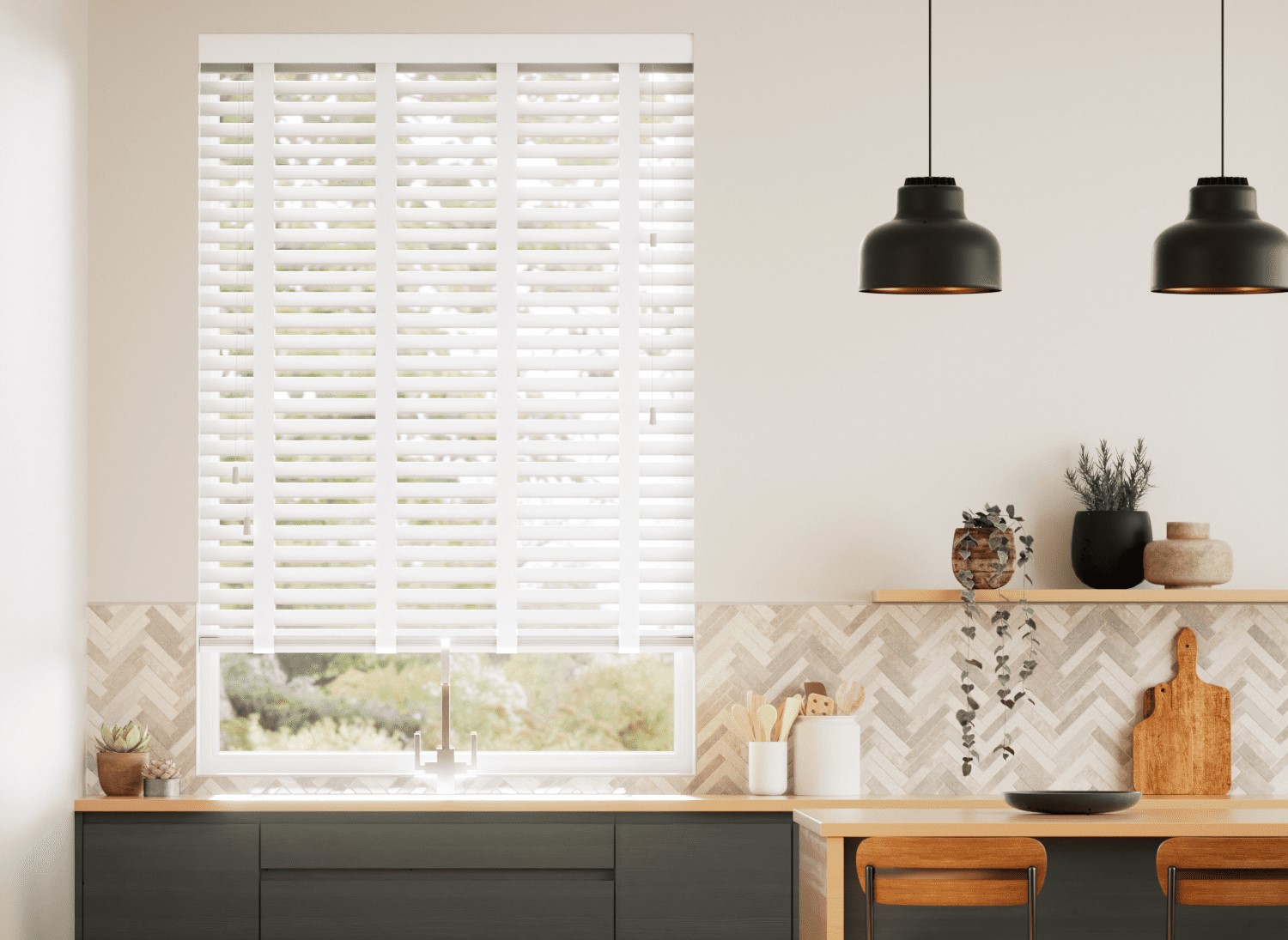
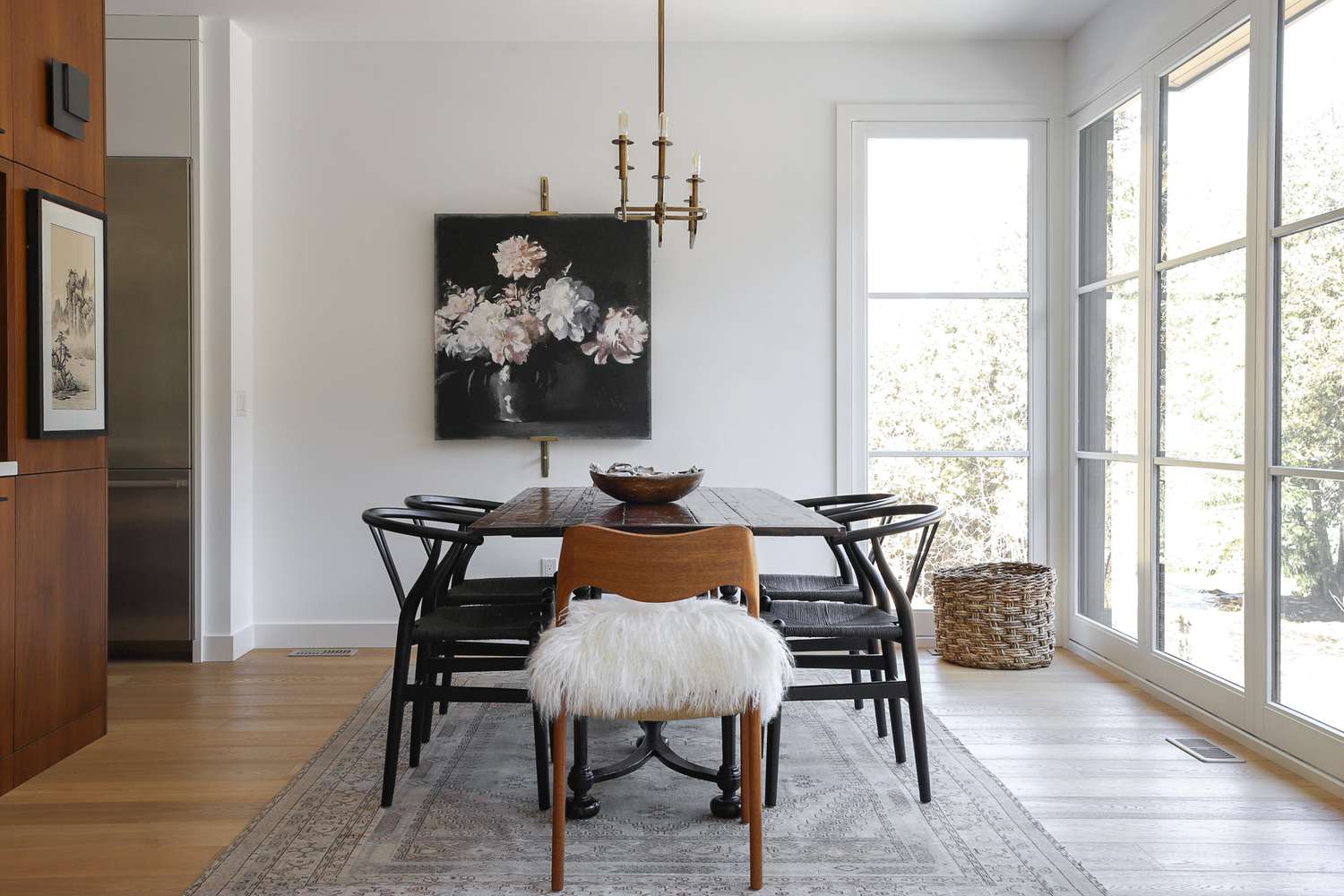
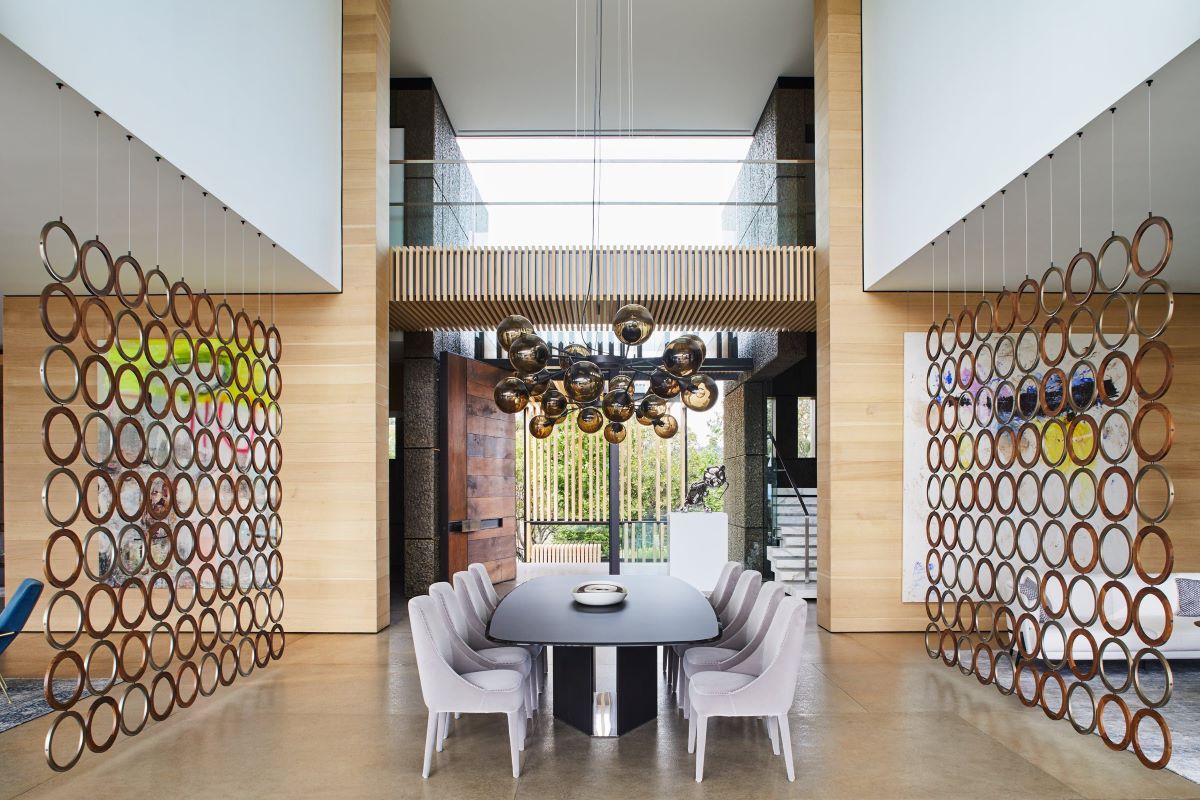
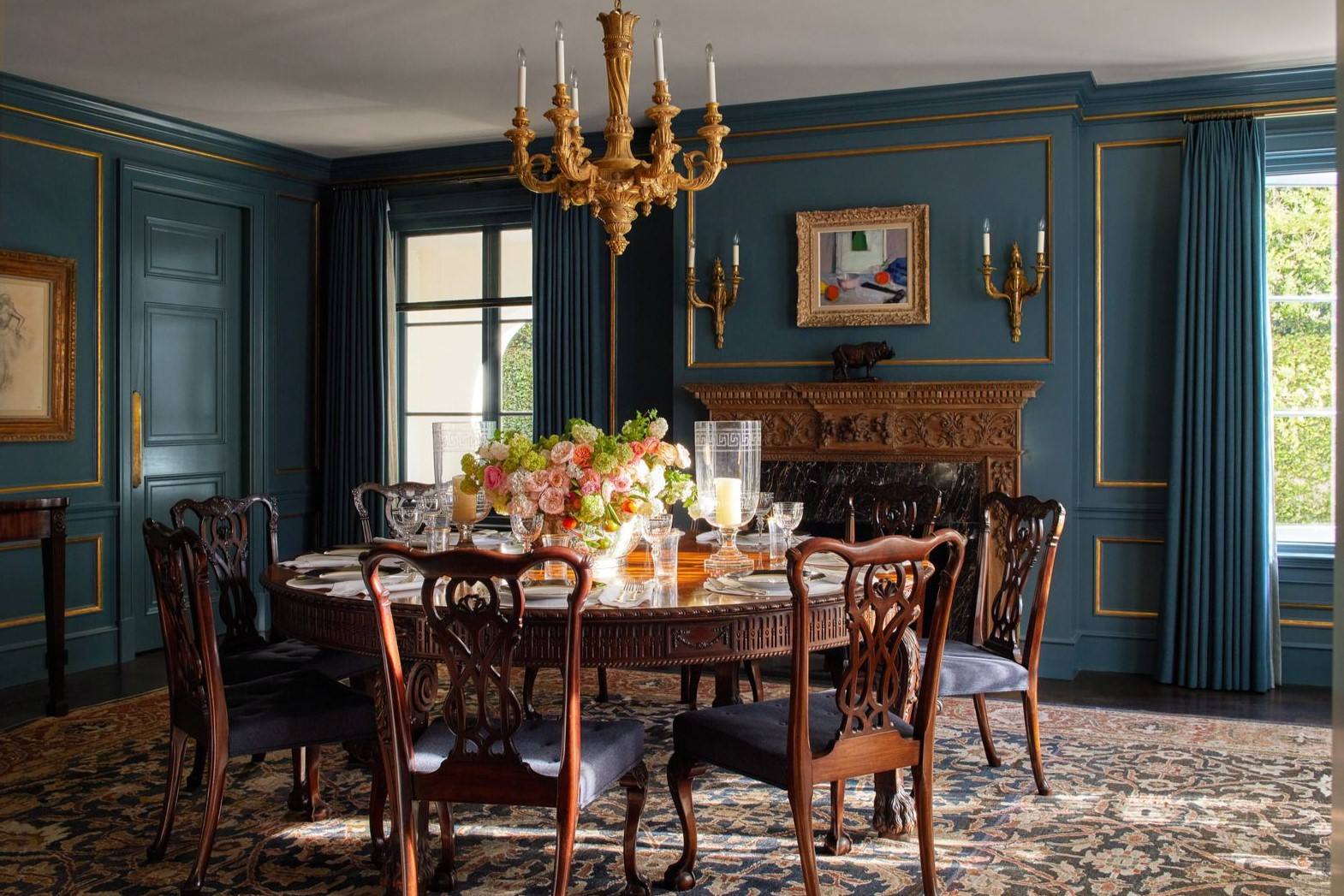
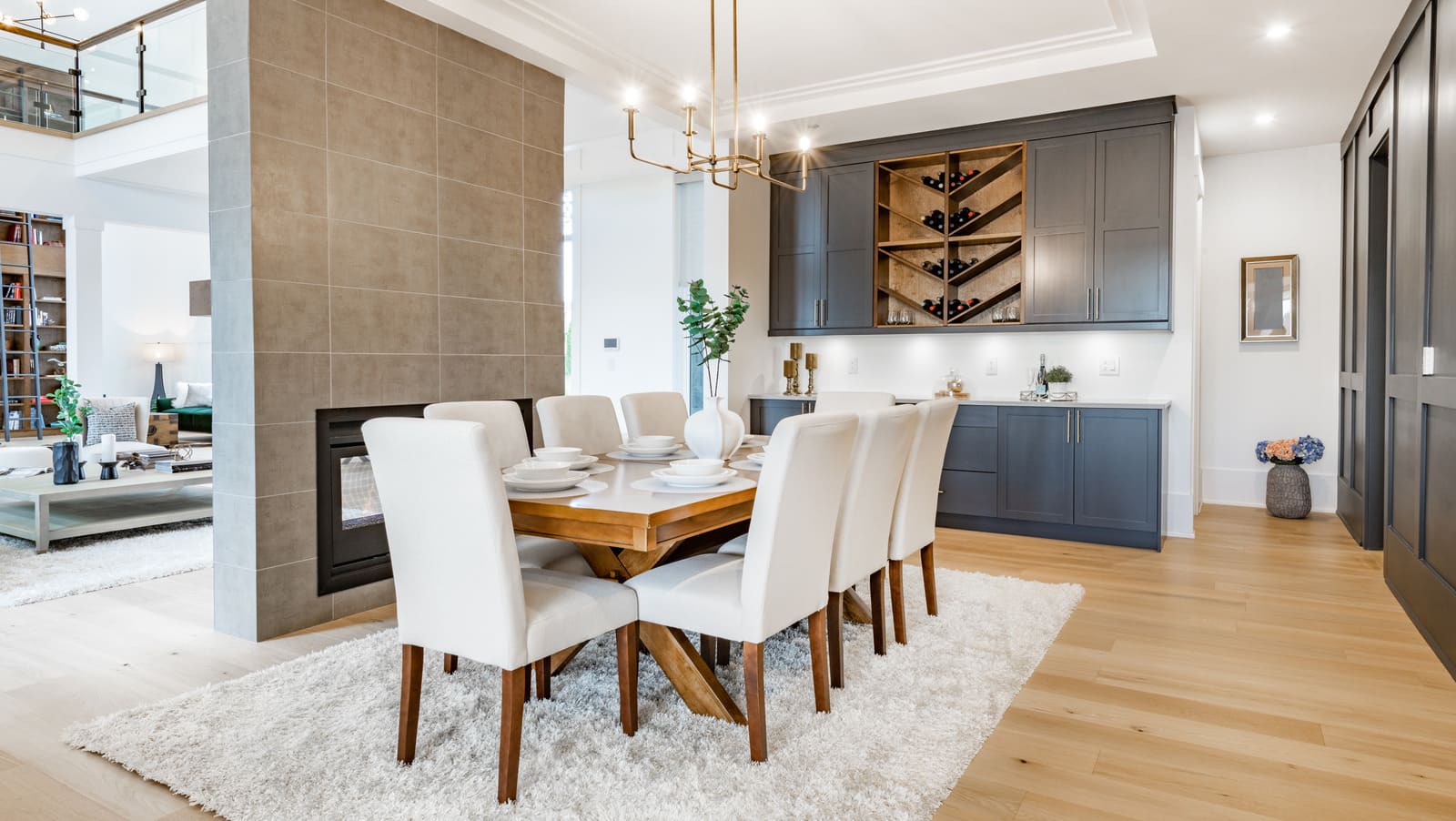
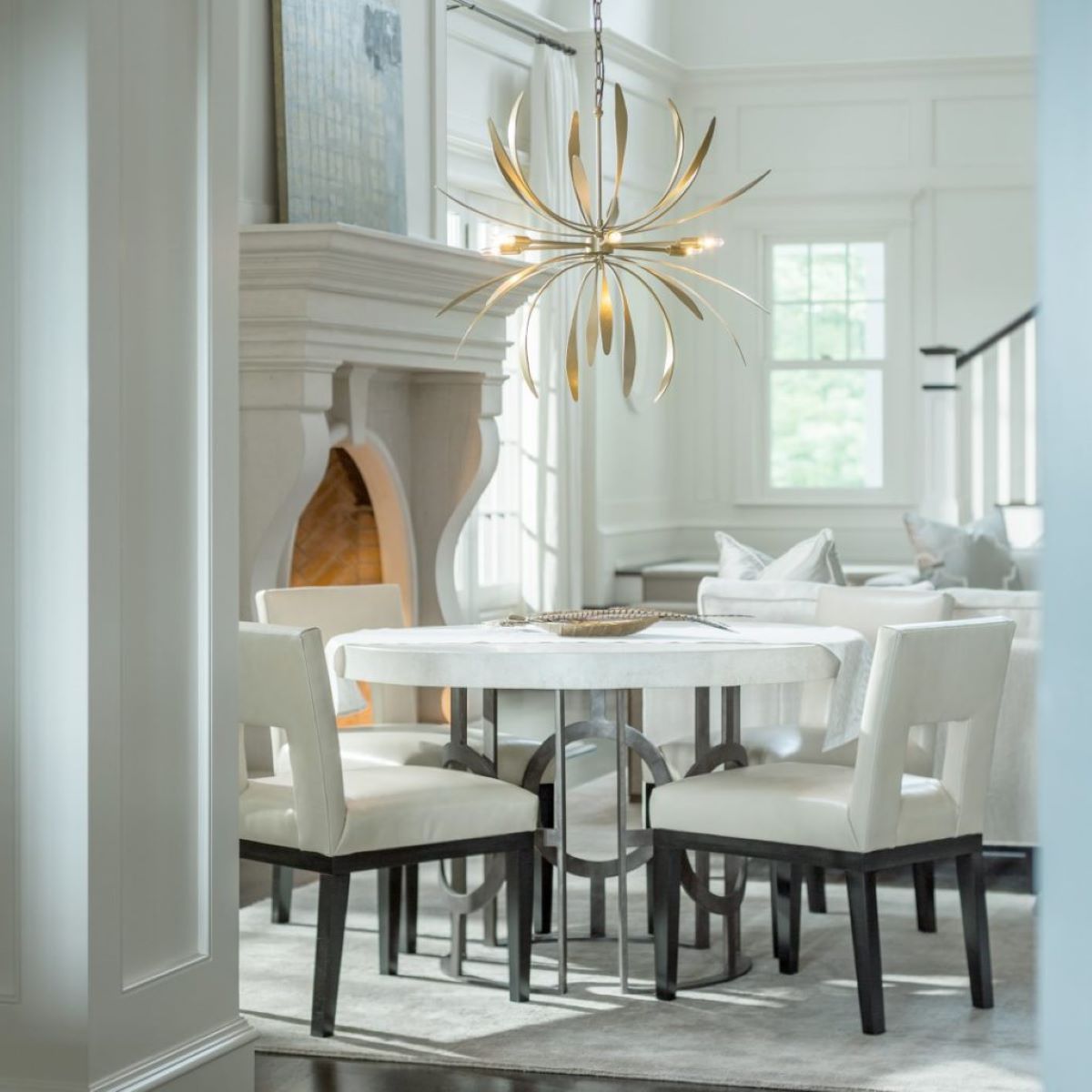

0 thoughts on “How Can You Select The Right Chandelier For Your Dining Room?”